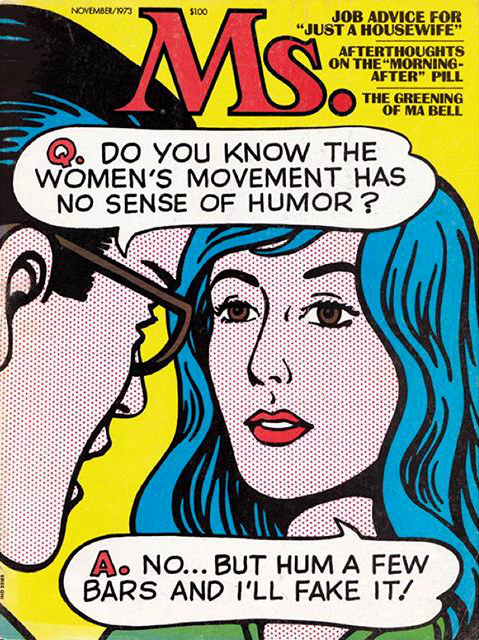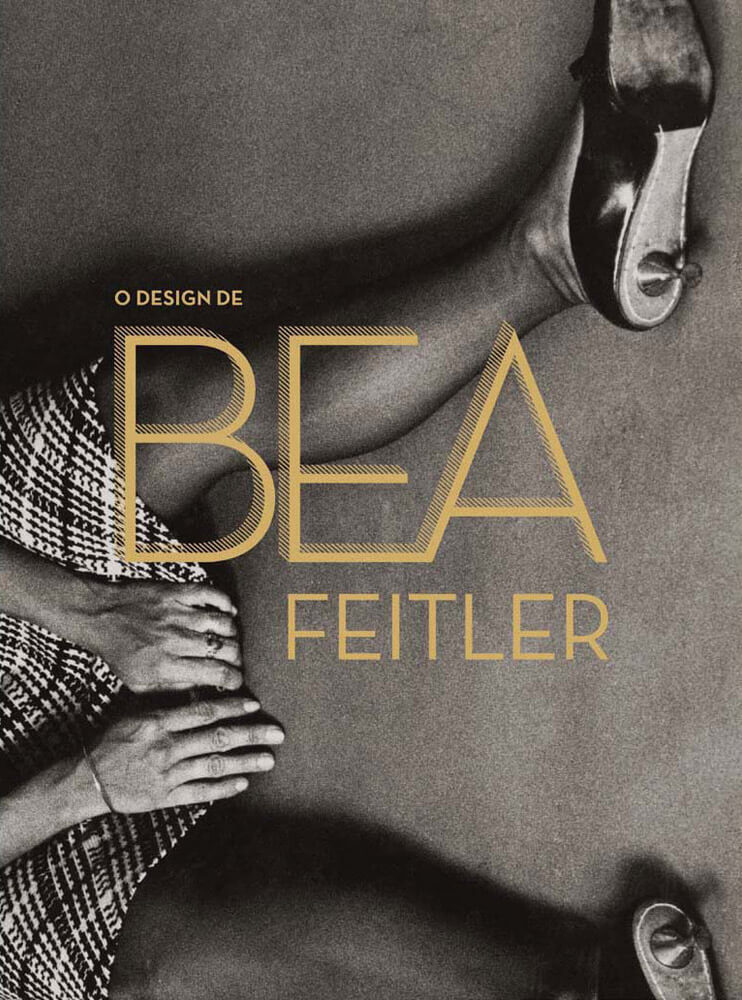A trailblazing force behind iconic magazine covers, Bea Feitler brought bold feminist design to the mainstream but remains a hidden legend today.

For our Summer 2025 issue, Ms. is going retro. The cover for the latest print issue (which hits newsstands July 15) is an homage to the October 1975 issue, which offered a “Special Issue on Men.”
Our 2025 revamp covers topics surrounding modern masculinity—from young men’s “brocasts” to JD Vance’s public persona—and is guest-edited by Jackson Katz, a major thought leader in the growing global movement of men and boys working to promote gender equality.

Both covers, 50 years apart, show a man in jeans and a T-shirt (the 1975 model was, no joke, Robert Redford) with a rolled-up issue of Ms. in his back pocket, honing in on the idea that women’s rights is a men’s issue too.
As we get ready for the Summer 2025 issue (which you can get right now as a standalone for just $5), it’s the perfect time to remember Bea Feitler, the early Ms. art director who designed the 1975 men’s issue cover. Despite being a prominent designer (she art-directed Harper’s Bazaar and other magazines throughout the 1960s and ’70s), Feitler is largely unknown today.

In honor of her incredible legacy, which inspires Ms. staffers to this day, here are some of our favorite facts about Feitler and her remarkable life and work.
1. She was born in 1938 in Brazil to Jewish parents who fled Nazi Germany for Rio de Janeiro. After World War II, the Feitlers moved to New York, where Bea later enrolled in the Parsons School of Design and got her first major job creating album colors for Atlantic Records.
2. She was appointed art director for Harper’s Bazaar at only 25 years old. Along with her design partner and codirector Ruth Ansel, Feitler spent the next 20 years producing creative content for Harper’s Bazaar and other magazines including Rolling Stone, Vanity Fair and, of course, Ms. Feitler also worked on countless book designs over the course of her career.

3. Graphic designers remember her for her bold designs and creative innovations. In 2019, web designer Andy Clarke wrote an extensive piece about Feitler’s design genius, highlighting her bold use of color and comic book art as well as how her magazine design reflected cultural shifts in American society in the ’60s. She worked on a Harper’s Bazaar issue featuring model Donyale Luna, considered the first Black supermodel.
At Ms., she helped bring feminist issues to the mainstream. Her work featured primarily woman subjects, and as one of the only woman art directors working at the time, she portrayed them honestly and authentically.
4. She art directed the famous Rolling Stone cover featuring a naked John Lennon. The cover photo—taken by Annie Liebowitz in Lennon’s New York apartment just hours before his murder on Dec. 8, 1980—shows a naked, vulnerable John Lennon curled up on a bed beside Yoko Ono, who is fully clothed. The cover, while obviously provocative, is also a powerful feminist statement. So much in the media portrays women as overly sexualized and vulnerable to men—Feitler’s Rolling Stone cover flips this script by visually giving Ono all the power.
5. Feitler is the subject of the Brazilian book O Design de Bea Feitler. After her death from cancer in 1982 when she was 44 years old, her nephew wrote about her life and work. The book was published in Brazil in 2012. Feitler’s family and friends also honored her legacy through the Bea Feitler Foundation, which provides a full one-year scholarship every year for a junior graphic design student at the School of Visual Arts in New York. There has only been one posthumous exhibition of her work—not nearly enough recognition for this groundbreaking designer.

As the graphic designer and historian Philip B. Meggs wrote in 1989 when Feitler was honored with the AIGA Medal from the American Institute of Graphic Arts:
“Bea Feitler only lived 44 years, but filled them with energy, enthusiasm and a passion for life and design. … She believed a graphic designer’s work matters because the culture is expanded and enriched by those who shape and form information.”





